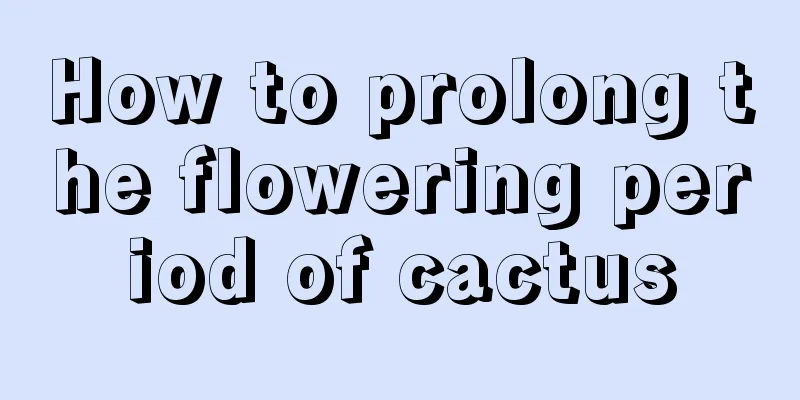How to plant blue spinach seeds

Choice of substrateBlue spiny head itself has a strong adaptability and can adapt to different harsh environments such as drought, barrenness, and cold. Therefore, it can adapt to many different growing substrates. When choosing its planting medium, the first thing to consider is the drainage capacity of the medium. Because it is very afraid of waterlogging, long-term waterlogging will damage the roots and the plant will die. Therefore, we should try to choose a substrate that will not cause water accumulation for planting. Its planting medium does not need to have strong fertility, and general medium can support its normal growth and development well. Environment selectionBlue echinops prefers a cool climate and cannot grow in overly hot areas, so it is not suitable for large-scale cultivation in tropical areas. If you want to plant it, you can choose a potted plant and place it indoors to adjust the temperature. It is suitable for germination and growth at temperatures of 20℃~25℃, and the temperature can be adjusted before sowing. It likes light, so when choosing a planting location, try to choose a place with relatively sufficient sunlight. Planting methodThe planting methods of blue echinops vary depending on whether it is planted in the ground or in pots, and in small or large quantities. They will be explained one by one below. If it is potted, first prepare a planting container for it. The size should be determined according to the number of plants to be planted. Pour the prepared substrate into the container and level the soil surface with a shovel. Place the seeds slowly on the soil surface and cover them with a layer of substrate. Be careful not to cover it too thickly, otherwise it will be detrimental to its germination. Don’t forget to water it a little more to give the seeds a poetic environment for germination. If you plant a small amount in the ground, the method is similar to potted planting. Dig a few small holes in the selected place. The number depends on the type of tree you want to plant seeds, with 1 to 3 seeds in each hole. Be careful not to make the hole too deep, 1~2cm is enough. Place the seeds one by one into the dug holes, being careful to handle them with care and not to damage the seeds. Then cover it with the substrate to fill the hole. Finally, use a sprinkler to wet the substrate. If you want to plant in large quantities, you should first deep plow the land, irrigate it with sufficient water, then sow the seeds, and finally cover the seeds with a layer of substrate. |
<<: How to plant Viola yedoensis seeds
>>: How did the leaves of Ruyi Queen turn red?
Recommend
Does the bird of paradise prefer shade or sun?
Does the bird of paradise prefer shade or sun? Bi...
The cultivation method of taking root
1. Soil: It is best to choose fertile, well-drain...
What to do if rose leaves dry up
1. Reduce water volume (1) Specific reason: Altho...
Cultivation methods and precautions of Nanteng
soil Choose to plant on sandy or sandy loam soil,...
The whole process of Schisandra chinensis planting method
Schisandra chinensis is a Chinese medicinal mater...
How to divide the Chinese lucky charm
Time for division of Hongyun Dangtou The lucky pi...
What to do if the leaves of cyclamen turn yellow and soft
1. Appropriate topdressing Reason: Cyclamen needs...
Is it better to use a large pot or a small pot for Christmas cactus? What kind of pot is best for Christmas cactus?
Christmas cactus is a plant that is afraid of sta...
How to grow rosemary in autumn
1. Temperature drops in early autumn At the begin...
Cultivation methods and precautions of Amaranthus caudatus
The habit of this plant Before understanding how ...
Precautions for cultivating golden thread lotus
1. Soil selection Golden thread vine grows best i...
Cutting method of Begonia truncatula
time Begonia is usually propagated by cuttings in...
How to water Cymbidium orchids
Key points for watering Huilan Cymbidium is a pla...
How to grow tennis flower pot plants
1. Lighting It grows best in semi-shade and is af...
When is the best time to transplant winter jujube trees (when is the best month to transplant winter jujube trees for a high survival rate)
Before transplanting the winter jujube tree, you ...









